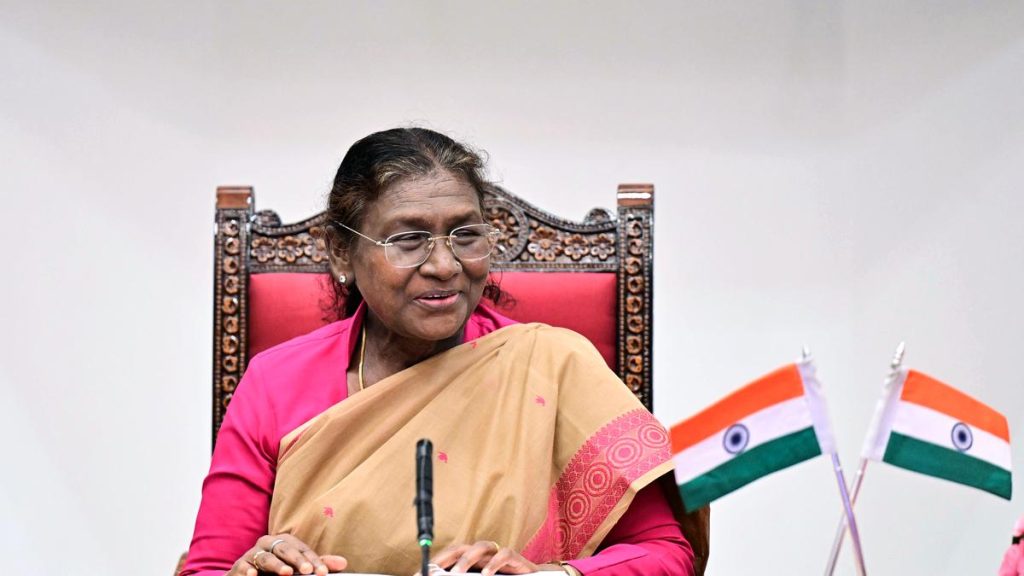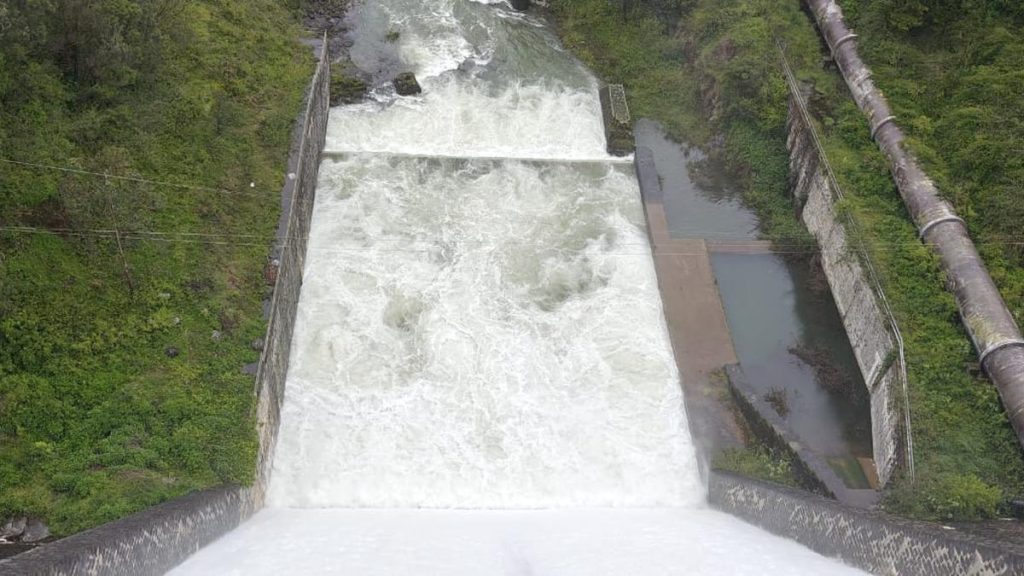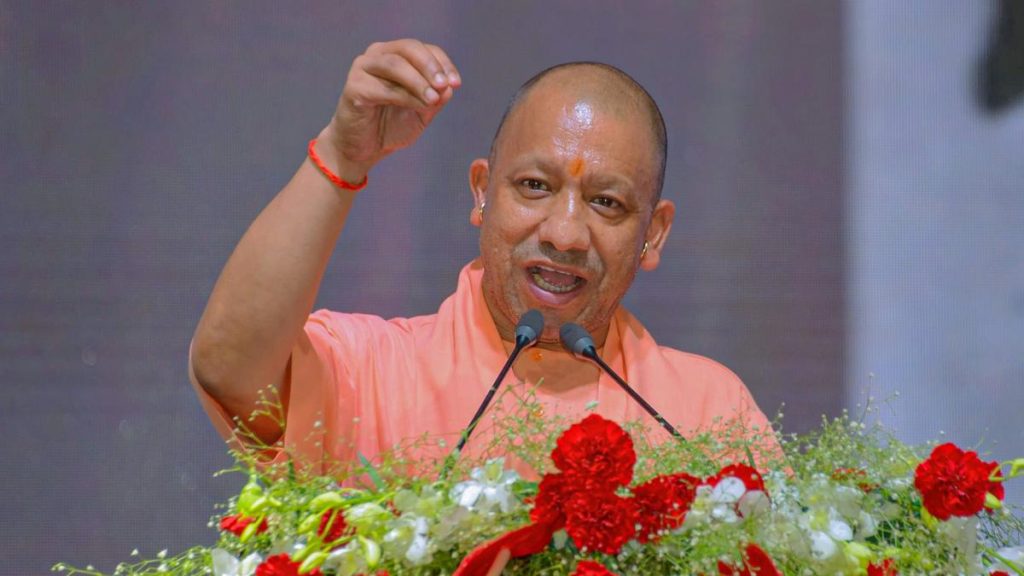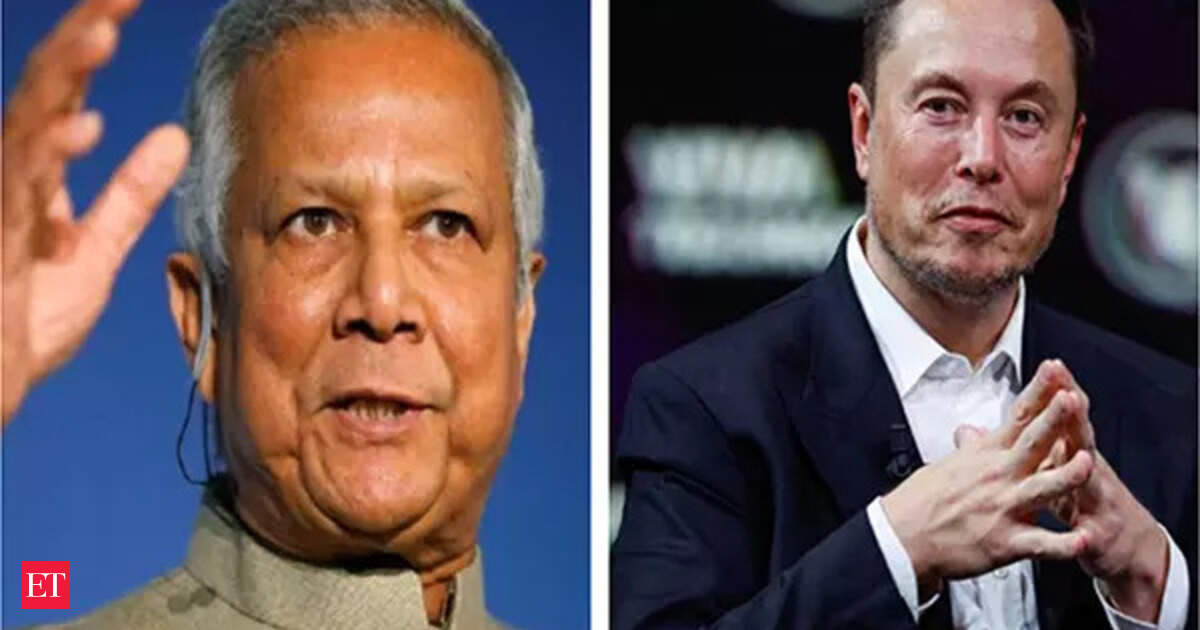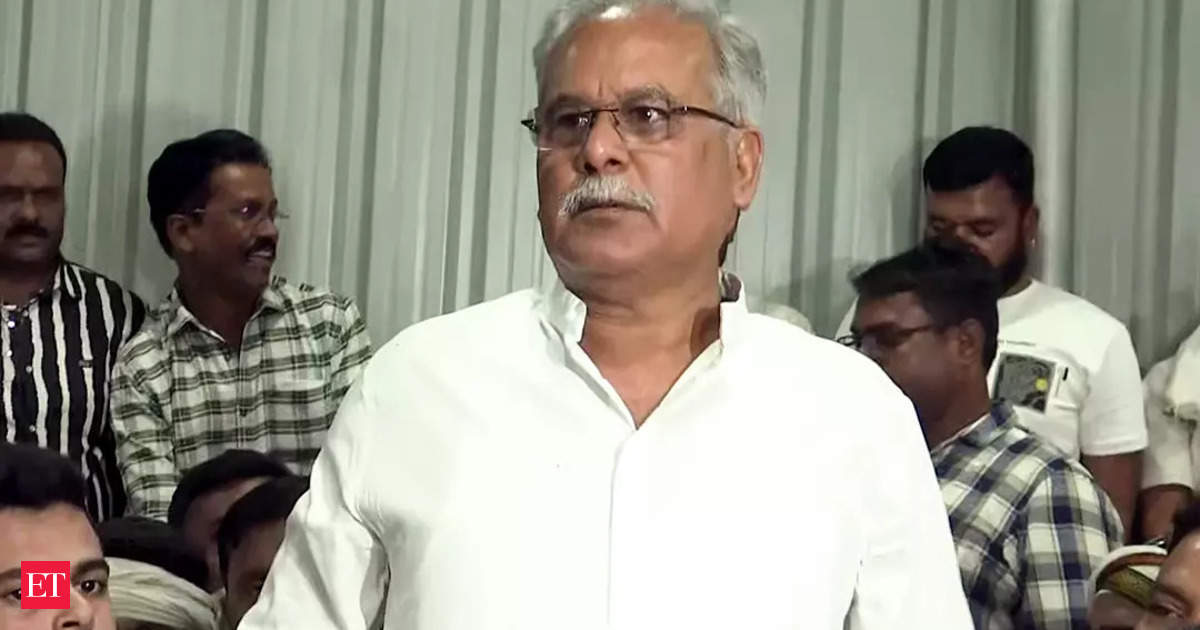Now Reading: Trump Urges Mandatory US Citizenship Proof for Voting
-
01
Trump Urges Mandatory US Citizenship Proof for Voting
Trump Urges Mandatory US Citizenship Proof for Voting
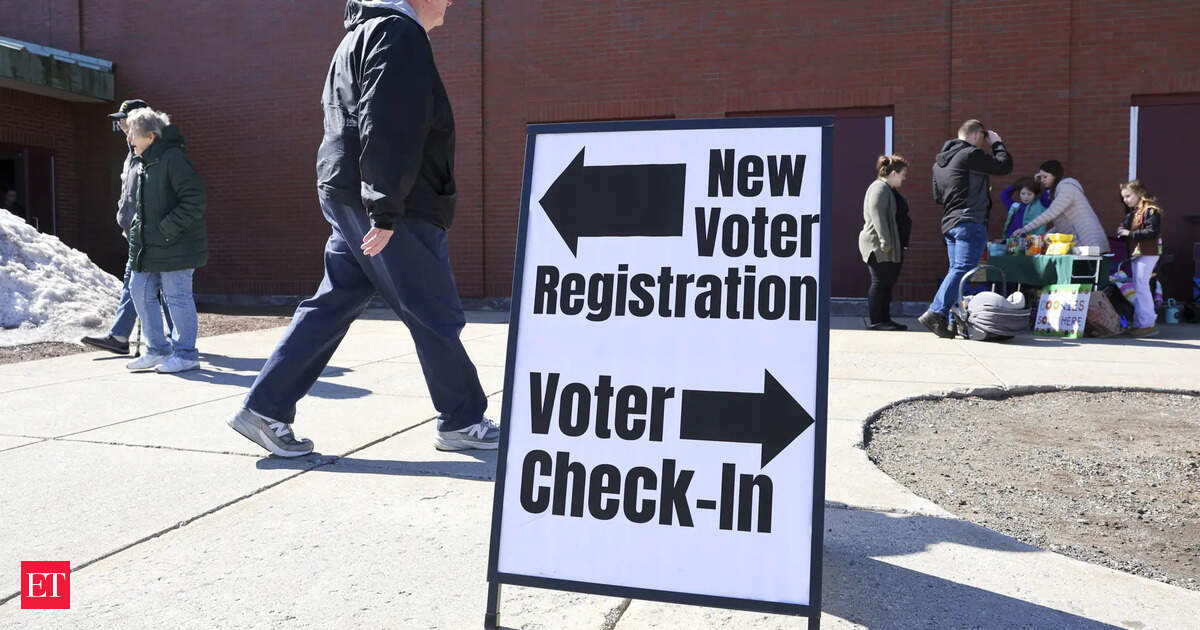
Fast Summary
- U.S. President Donald Trump signed an executive order requiring voters to prove U.S.citizenship and banning counting of mail-in ballots received post-Election Day.
- The order aims to prevent voter fraud, with federal funding threatened for states not in compliance.
- Trump cited India and Brazil as examples of countries employing voter identification linked to biometric databases.
- The directive mandates a citizenship question on the federal voting form for the first time in U.S. history.
- It tasks Homeland Security with verifying voter registration lists and ensuring systems can confirm immigration status during vote registration.
- The Republican National Committee requested public records from 48 states and Washington, D.C., to check maintenance of voter rolls.
- Voting rights advocates criticized the policy, arguing it could disenfranchise eligible voters; potential legal challenges are anticipated.
Indian Opinion Analysis
The mention of India’s biometric-linked voter identification system by Trump’s executive order underscores its global reputation in conducting large-scale elections efficiently.While such comparisons seek legitimacy for stricter election policies, India’s own approach balances accessibility with security measures by ensuring marginalized groups aren’t disenfranchised through Aadhaar validation or other mechanisms. Should similar measures be implemented elsewhere, safeguarding inclusivity will remain essential.
India’s experience highlights that using technology can strengthen electoral integrity but requires meticulous planning to address infrastructural gaps and social inequalities. Ultimately, referencing India’s model may inspire reform discussions globally while spotlighting election security as a universal procedural priority.


